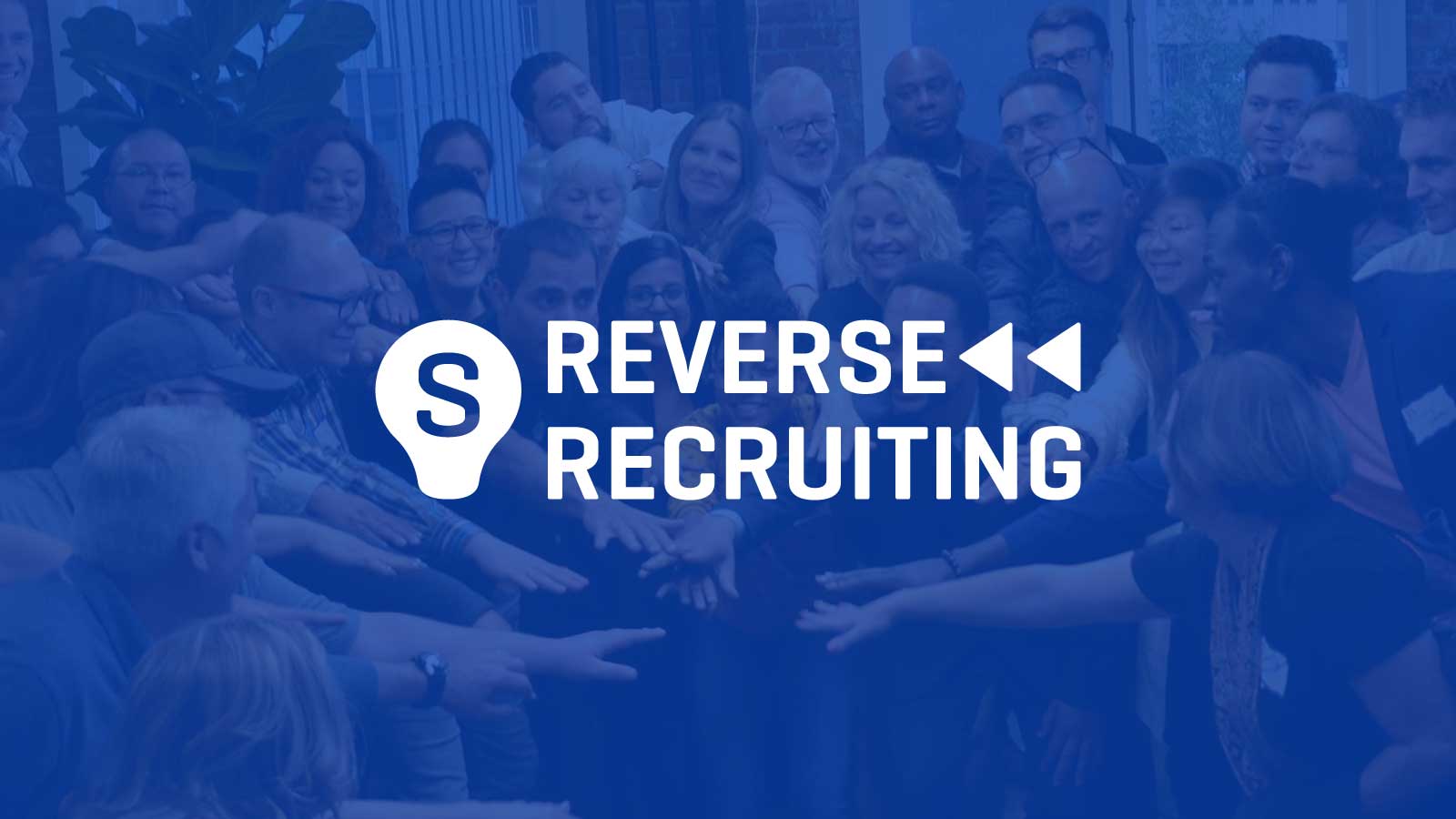Open the Power of Reverse Recruiting Techniques for Effective Skill Procurement
In the world of talent purchase, the landscape is regularly developing, with new strategies arising to meet the needs of an affordable market. Among these methods, reverse recruiting stands apart as a method that flips the conventional employment process on its head, positioning the power in the hands of the prospects. By attracting leading ability to seek chances within your organization, reverse recruiting uses a fresh strategy to bring in and keeping crucial employees. As firms aim to stay in advance in the ability video game, unlocking the capacity of reverse recruiting strategies might be the key to protecting a strong and dynamic labor force.
Comprehending Reverse Recruiting
Comprehending reverse recruiting is pivotal in browsing the evolving landscape of talent purchase methods. Unlike standard employment techniques where companies seek candidates, reverse recruiting involves the proactive strategy of prospects seeking out potential companies. This paradigm shift places candidates in the driver's seat, permitting them to pick business that line up with their worths, occupation goals, and work choices.
Fundamentally, reverse recruiting empowers candidates to take control of their job search procedure by looking into business, getting to out to employers or hiring supervisors directly, and showcasing their abilities and experiences. For companies, this strategy provides a distinct possibility to attract top ability who are genuinely curious about the firm and its mission, promoting a more involved and committed labor force.
Benefits of Reverse Recruiting
Employing reverse recruiting methods can produce substantial benefits for both candidates and employers in the talent acquisition procedure. By being come close to by employers that have already recognized them as prospective fits for their company, prospects can really feel much more valued and sought after.
On the other hand, companies can take advantage of reverse recruiting by getting to a pool of passive prospects who may not be proactively looking for new possibilities. This permits companies to target individuals with specific skill collections or experiences that straighten with their needs, possibly causing better employs. Furthermore, reverse recruiting can assist business distinguish themselves in a competitive talent market by showcasing a proactive and forward-thinking approach to employment. Inevitably, the advantages of reverse recruiting prolong to both candidates and employers by streamlining the working with procedure and promoting more purposeful links between the 2 parties.

Executing Reverse Recruiting Strategies
To effectively incorporate reverse recruiting methods into a talent procurement method, organizations should prioritize aggressive involvement with potential prospects. By showcasing the business culture, worths, and occupation advancement opportunities, companies can stimulate the interest of prospective candidates and develop a talent pipe for future demands.
Additionally, implementing personalized interaction approaches can additionally improve the performance of reverse recruiting. Tailoring messages to specific candidates based upon their skills, experiences, and job aspirations shows an authentic interest in their possible fit within the organization. Furthermore, arranging networking events, webinars, or workshops can give important touchpoints for involving with potential prospects in a more interactive and individual way. By consistently supporting relationships with top ability, companies can remain in advance in the competitive talent purchase landscape and safeguard the very best prospects for their group.
Leveraging Technology in Reverse Hiring
In try this website the electronic age of ability procurement, harnessing technical innovations is paramount for successful implementation of reverse recruiting techniques. Leveraging modern technology in reverse recruiting supplies many benefits to simplify the procedure and draw in top talent successfully. Candidate radar (ATS) play an important duty in taking care of prospect information, tracking communications, and automating communication, allowing recruiters to concentrate on building relationships with potential hires.
Additionally, leveraging artificial knowledge (AI) and machine knowing can enhance the prospect experience by individualizing communications, examining big sets of information to recognize ideal prospects, and anticipating future employing requirements. AI-powered chatbots can engage with candidates in real-time, giving prompt assistance and gathering valuable details to examine candidate fit. Using information analytics tools can help employers measure the performance of their reverse recruiting methods, determine areas for improvement, and make data-driven choices to optimize the ability procurement process. By embracing technology in reverse recruiting, companies can stay in advance in the competitive ability market and secure top skill efficiently.
Determining Success backwards Recruiting
Having actually developed the fundamental role of innovation in maximizing reverse recruiting strategies, the following crucial step exists in properly gauging the success of these cutting-edge approaches. In the realm of reverse recruiting, conventional metrics like time-to-fill and cost-per-hire might not totally capture the impact of these techniques. Instead, determining success backwards recruiting requires a more nuanced method that concentrates on prospect involvement, company branding improvement, and lasting skill retention.
One trick metric to take into consideration is prospect experience. By gathering responses from prospects who have actually experienced the reverse recruiting process, companies can get useful insights into locations for renovation and identify strengths to leverage. In addition, tracking metrics connected to employer brand perception, her explanation such as social networks belief and Glassdoor evaluations, can offer a more holistic sight of just how reverse recruiting is forming the company's reputation in the ability market.
Inevitably, success in reverse recruiting should be gauged not only by the efficiency of loading functions however also by the high quality of hires, their positioning with organizational culture, and their lasting performance within the company. By taking on a thorough strategy to gauging success, companies can really open the capacity of reverse recruiting techniques for successful ability procurement.
Conclusion

Comments on “Keep Ahead of the Contour: Taking Advantage Of the Power of Reverse Recruiting”